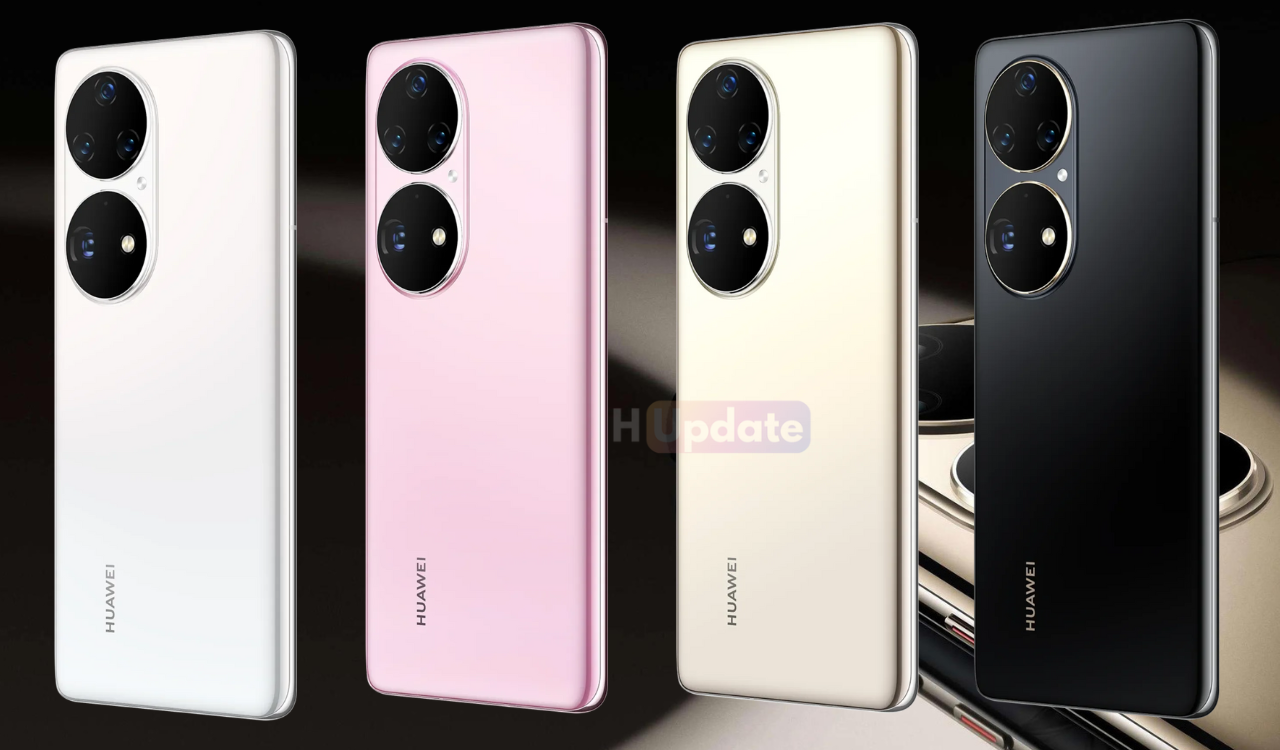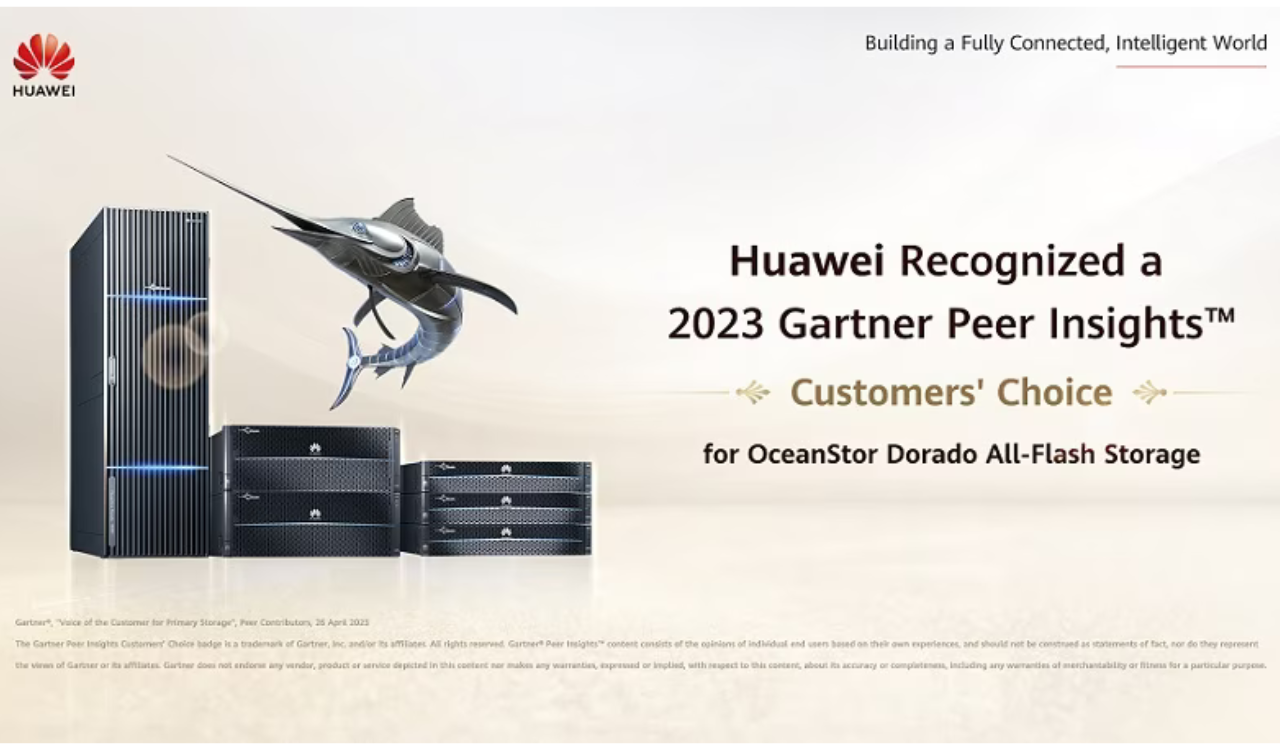Huawei 5G
Huawei 2020 5G module based on HiSilicon
Huawei and industry partners together introduced a series of industrial and consumer modules developed based on HiSilicon’s 5G pre-module.
Huawei joined with Quectel, Changhong Holding Group, AI-Link, China Mobile Group Device, and Smart Chip to launch 5G industrial modules, 5G+8K media modules, 5G electric power modules and more modules, accelerating the adoption of 5G in various scenarios, including smart manufacturing, multimedia, commercial display, large wall-mounted screen, energy, and transportation. In addition, consumer-level 5G modules for AR/VR and wearable devices will go on the market in March this year.
Veni Shone, President of HiSilicon, mentioned: “5G applications at the early stage should focus on high-value scenarios with common features. HiSilicon provides the standard 5G pre-module for vertical industries and the consumer field to assist module vendors in developing commercial modules. In doing so, the pre-module empowers countless enterprises to build a thriving 5G ecosystem.”
Yang Chaobin, President of Huawei’s 5G Product Line, mentioned: “Thanks to the joint efforts of operators and our partners, we have explored the adoption of 5G in dozens of vertical industries and a growing number of leading module vendors have joined forces with us. I believe that we will witness a boom in the growth of the 5G industry in the near future.”
Hendrik Koopmans, CEO of HiSilicon Technologies Research & Development (UK) Limited, mentioned: “The joint launch of industrial and consumer modules in multiple scenarios has paved the way for large-scale adoption of 5G in vertical industries and greatly promoted the digitalization of these industries.”
Duan Enchuan, Chairman of AI-Link, mentioned, “Changhong Holding Group and Huawei have strategic cooperation in 5G applications. Based on the HiSilicon 5G pre-module and our R&D and manufacturing capabilities, we launched several professional modules: these include the 5G video module, 5G industrial module, and 5G+V2X module. These modules are widely used in multiple fields, including the 5G 8K TV, 5G industrial production line, and intelligent transportation system.”
Sun Yanming, Deputy General Manager of Quectel, mentioned: “Based on the HiSilicon 5G pre-module, we developed a 5G multimode communications module (RG800H). Multi-scenario and multi-band interwork testing between RG800H and Huawei 5G network shows leading advantages in both the transmission rate and performance in extreme conditions. With the large-scale adoption of 5G in the IoT industry, we are glad to work together again to provide powerful and cost-effective communications modules for industrial customers.”
![]()
Huawei 5G
5G and 6G Development Roadmaps: Huawei’s Vision for the Future

As we are already aware of technology changes and I hope you know that by 2030, a single 6G network could theoretically download an entire movie in less than a second? That’s not science fiction—it’s the reality Huawei is building toward with their revolutionary wireless development roadmap. As we stand at the crossroads of 5G maturity and 6G emergence, understanding these technological leaps isn’t just fascinating—it’s essential for anyone wanting to stay ahead in our increasingly connected world.
Where 5G Stands Today: The Foundation is Set
In terms of Chinese tech giant Huawei’s concern, the company’s 5G technology has already transformed how we connect, but we’re only scratching the surface of its potential. Current 5G networks deliver speeds up to 100 times faster than 4G, but here’s what most people don’t realize: we’re still in the early stages of 5G deployment.
The company’s 5G roadmap focuses on three critical phases. First, enhanced mobile broadband (eMBB) brings lightning-fast smartphone experiences. Second, ultra-reliable low-latency communication (URLLC) enables real-time applications like autonomous vehicles. Third, massive machine-type communications (mMTC) connects billions of IoT devices seamlessly.
Just imagine related to your daily routine—from streaming 4K videos without buffering to enabling smart home devices that respond instantly. That’s 5G working behind the scenes, and Huawei’s infrastructure powers much of this transformation globally.
The 6G Vision: Beyond What We Can Imagine
While 5G continues expanding, Huawei’s 6G development roadmap paints an even more ambitious picture. The company predicts commercial 6G networks will launch around 2030, delivering speeds reaching 1 terabit per second—that’s 100 times faster than current 5G.
But 6G isn’t just about speed. Huawei envisions “intelligent connectivity” that integrates artificial intelligence directly into network infrastructure. Imagine networks that predict your needs, automatically optimize performance, and create immersive experiences that blur the lines between physical and digital worlds.
The 6G roadmap includes three revolutionary capabilities: extreme connectivity for 100 billion devices, AI-native networks that learn and adapt, and integrated sensing that turns infrastructure into a massive sensor network. Your smartphone might become a health monitor, environmental detector, and augmented reality gateway all at once.
Key Milestones and Timeline Predictions
Huawei’s development roadmap reveals fascinating milestones ahead. By 2025, they expect 5G-Advanced (5.5G) to bridge the gap toward 6G, introducing enhanced AI capabilities and improved energy efficiency. This intermediate step will test technologies that eventually power 6G networks.
The period from 2025 to 2028 represents the critical 6G research and standardization phase. During this time, Huawei will collaborate with global partners to establish 6G standards, test prototype networks, and develop the semiconductor technologies needed for next-generation infrastructure.
Commercial 6G deployment begins around 2030, but the full vision won’t materialize until 2035. By then, Huawei anticipates ubiquitous connectivity where every surface, device, and even clothing could connect to intelligent networks seamlessly.
Real-World Impact: How These Networks Will Change Your Life
These technological advances aren’t just impressive numbers—they’ll fundamentally transform how you work, learn, and live. Remote surgery becomes routine when doctors can operate robots with zero latency. Virtual meetings feel as natural as in-person conversations through holographic telepresence. Smart cities optimize traffic, reduce energy consumption, and improve public safety through interconnected sensors.
Consider education: 6G networks could enable immersive learning experiences where students virtually explore ancient Rome or conduct chemistry experiments in safe, simulated environments. The possibilities extend far beyond entertainment into healthcare, manufacturing, and environmental protection.
The Road Ahead: Challenges and Opportunities
Huawei’s ambitious roadmap faces significant challenges, including regulatory hurdles, massive infrastructure investments, and the need for global cooperation on standards. However, the company’s track record in 5G deployment demonstrates their capability to overcome these obstacles.
The wireless future that Huawei envisions promises unprecedented connectivity, intelligence, and capability. As these networks evolve, staying informed about their development helps you prepare for the digital transformation ahead. Whether you’re a technology enthusiast, business leader, or simply curious about the future, understanding these roadmaps positions you to leverage the incredible possibilities coming our way.
Ready to explore how these network advances will impact your industry or daily life? Stay tuned to the latest developments in Huawei’s 5G and 6G journey—the future is closer than you think.
How Future AI Will Accelerate Network Growth
Artificial intelligence stands as the secret weapon in Huawei’s network evolution strategy, fundamentally changing how networks grow and adapt. Future AI won’t just manage networks—it’ll predict failures before they happen, automatically optimize traffic patterns, and even design network expansions based on usage predictions.
AI algorithms analyzing millions of data points every second to determine exactly where new cell towers should be placed, how much bandwidth each area needs, and when to upgrade infrastructure before users even notice slowdowns.
Huawei’s AI-driven approach promises self-healing networks that fix problems instantly, intelligent resource allocation that maximizes efficiency, and predictive maintenance that prevents outages. This means faster network rollouts, lower operational costs, and better service quality for everyone. The company estimates that AI integration could reduce network operational expenses by up to 30% while improving performance by 40%—a game-changer for global connectivity expansion.
Android
Astronauts took the Huawei P50 Pro to space

Recently, Chinese astronauts have taken the flagship Huawei P50 Pro to space initiated to share some selfies of up there….!! Huawei P50 Pro smartphone in space is just rock, specifically for the International Space Station (via Huawei Central). The dual camera ring design of the phone is clearly visible in the images. As a Chinese astronaut shared some pictures from the Space Station. Which showcased the P50 Pro in his hand taking the phone there.
Also, the phone is pictured within a controlled atmosphere of the space station. Take it to outer space and it will likely destroy itself with its own heat due to lack of cooling. These images might suggest that the smartphone is capable of functioning even in space, but that is unlikely. Modern smartphones are designed to be used in Earth’s atmosphere. While certain functions like the camera and touch may work. There is no chance for signal reception and calling.
The Huawei P50 Pro runs on HarmonyOS and has a 6.6-inch OLED display with 1.07 billion colors, 120Hz refresh rate, and 2700 x 1228p resolution123. It is powered by a Qualcomm Snapdragon 888 4G processor with 8 CPU cores. Also, a maximum clock speed of 2840 MHz14. It has a 4360mAh battery that supports 66W wired and 50W wireless charging1.
Additionally, it has a quad camera setup on the back with a 50MP main sensor and a 13MP selfie camera on the front1. It is dust and water-resistant up to 1.5m for 30 minutes3. Also, it measures 158.8 x 72.8 x 8.5 mm and weighs 195g235. It comes in black and gold colors.


Huawei 5G
Huawei Recognized as a Customers Choice in 2023 Gartner Peer Insights

In the Gartner Peer Insights Voice of the Customer for Primary Storage for its OceanStor Dorado all-flash storage, Huawei was recognized as a 2023 Customers’ Choice. That too with a 100% user recommendation rate and a full score of 5.0 based on 214 reviews, Huawei steal the heart of customers.
Showcasing the Huawei OceanStor Dorado all-flash storage played a part in the evaluation process. Covering industries from a wide range of economic sectors, including telecommunications, manufacturing, services, and so on, the product was reviewed by hundreds of customers worldwide in various regions.
Over 150 countries and regions including Latin America, Europe, Africa, the Middle East, and Asia-Pacific, Huawei OceanStor Dorado all-flash storage is now utilized. Where it provides reliable services to industries such as finance, telecommunications, government, and public utilities.
Huang Tao, President of Huawei All-Flash Storage Domain, is convinced.
“We are grateful for the global community’s continued support and recognition, as Huawei’s primary storage is once again regarded as a ‘Customers’ Choice’. We believe this recognition is the highest form of affirmation from our valued clients, and it serves as a driving force fueling our persistent efforts towards further improvements.”
“In our commitment to innovation, we will focus on crucial aspects such as reliability, ease of use, and security, while continuously investing in technologies to offer our clients more efficient, stable, and intelligent storage solutions that accelerate their digital transformation.”











